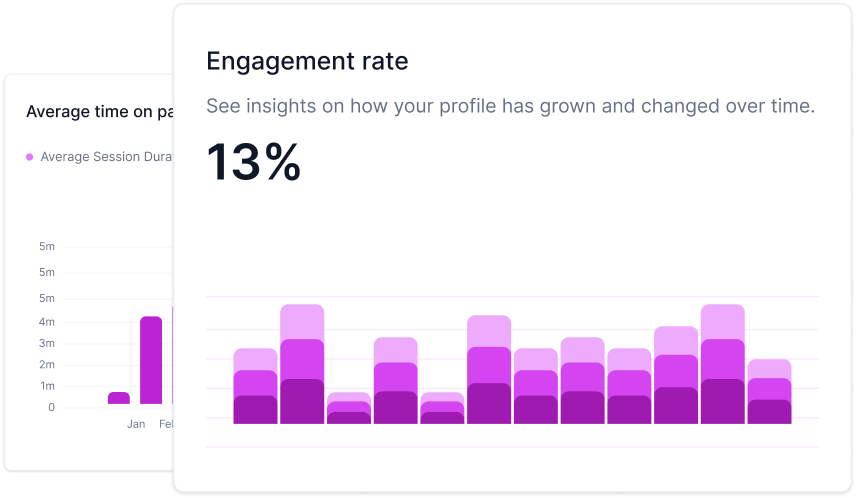What is Mobile Optimization?
Mobile optimization is the process of tailoring your website or mobile app to provide an exceptional user experience on smartphones and tablets. It involves optimizing design, content, and functionality to ensure that your digital platform looks and works seamlessly on smaller screens.
Why is Mobile Optimization Important for My Website or App?
Mobile optimization is crucial for several compelling reasons:
- User Experience: Mobile users expect a smooth and user-friendly experience. If your website or app isn't optimized, visitors may struggle with navigation, slow loading times, or content that's difficult to read and interact with.
- Search Engine Rankings: Search engines like Google prioritize mobile-friendly websites in their rankings. If your site isn't optimized, it may not rank as high in search results, leading to decreased visibility.
- Conversion Rates: A mobile-friendly experience can significantly impact conversion rates. Users are more likely to engage with your content, make purchases, or take desired actions when your mobile platform is optimized.
- Competitive Advantage: In today's digital landscape, your competitors are likely optimizing for mobile. To stay competitive, you need to meet or exceed the mobile experiences they offer.
What are the Key Elements of Mobile Optimization?
Effective mobile optimization involves a combination of elements:
- Responsive Design: Create a responsive website or app that adapts to different screen sizes and orientations. This ensures that content remains accessible and visually appealing on various devices.
- Mobile-Friendly Content: Craft concise, scannable content that's easy to read on smaller screens. Use legible fonts, appropriate font sizes, and clear visuals.
- Page Speed: Optimize loading times to prevent users from waiting too long for pages to load. Compress images, minimize HTTP requests, and use browser caching to enhance speed.
- Mobile-Friendly Navigation: Simplify navigation for mobile users with clear menus, intuitive icons, and easily accessible buttons. Ensure that users can find what they're looking for effortlessly.
- Touch-Friendly Elements: Design interactive elements like buttons and forms to be touch-friendly. They should be large enough and spaced adequately to prevent accidental clicks.
How Can I Test and Measure the Effectiveness of Mobile Optimization?
Testing and measuring the effectiveness of your mobile optimization efforts are crucial. Here's how:
- Google's Mobile-Friendly Test: Use Google's Mobile-Friendly Test tool to check if your website is mobile-friendly. It provides insights and suggestions for improvement.
- Google Analytics: Analyze mobile traffic data in Google Analytics. Monitor metrics like bounce rate, conversion rate, and average session duration to assess user engagement on mobile devices.
- Page Speed Insights: Google's Page Speed Insights tool assesses your website's loading speed on mobile devices and provides recommendations for improvement.
- User Testing: Conduct user testing sessions with real users to gather feedback on their mobile experience. This can uncover issues that automated tools might miss.

